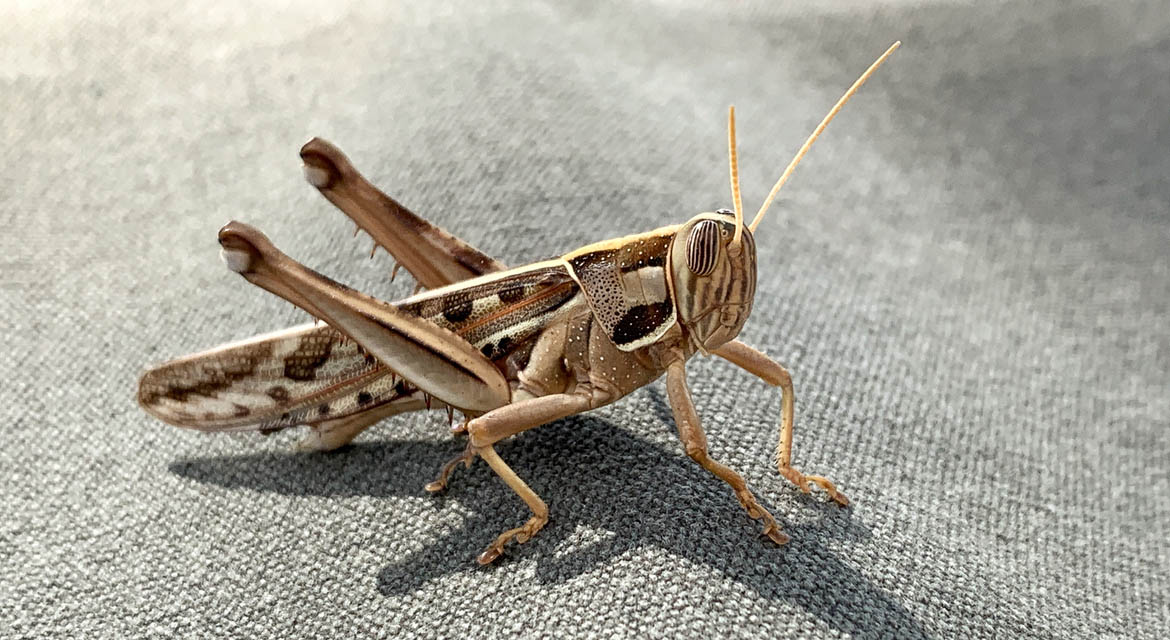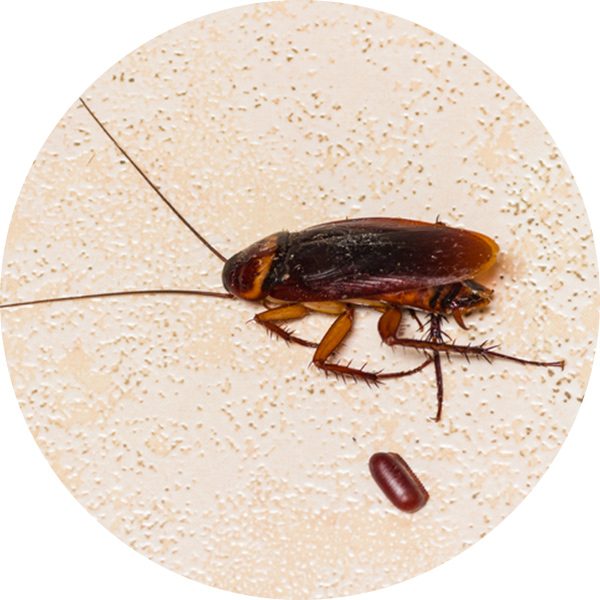
Cricket Facts & Information
A cricket infestation at home can be concerning due to potential damage to property, annoying chirping sounds, and the difficulty of eradicating them.
Risks of Crickets
Noise and Disruption
Crickets are known for their distinctive chirping sounds, produced by male crickets to attract mates. While the chirping may be pleasant in small numbers or in outdoor settings, a large cricket infestation can lead to a cacophony of loud and constant chirping, especially during the night. This noise can disrupt sleep, cause annoyance, and impact the overall quality of life for individuals residing in the infested area.
Property Damage
Crickets can cause damage to various materials within buildings. They are known to feed on fabrics, such as curtains, upholstery, and clothing, as well as paper products. Crickets may also gnaw on wallpaper, cardboard, or other paper-based items. Their feeding habits can result in unsightly holes, frayed edges, or damage to these materials. In cases of severe infestations, the cumulative damage caused by numerous crickets can be significant.
Health Concerns
Cricket infestations can lead to contamination issues within the living environment. Crickets can leave behind droppings, shed exoskeletons, and carcasses, which can accumulate and contaminate surfaces. This debris can trigger allergies or respiratory issues in some individuals, particularly those who are sensitive to insect allergens. Moreover, the presence of crickets may attract other pests, such as spiders or rodents, that feed on them, leading to potential secondary infestations.
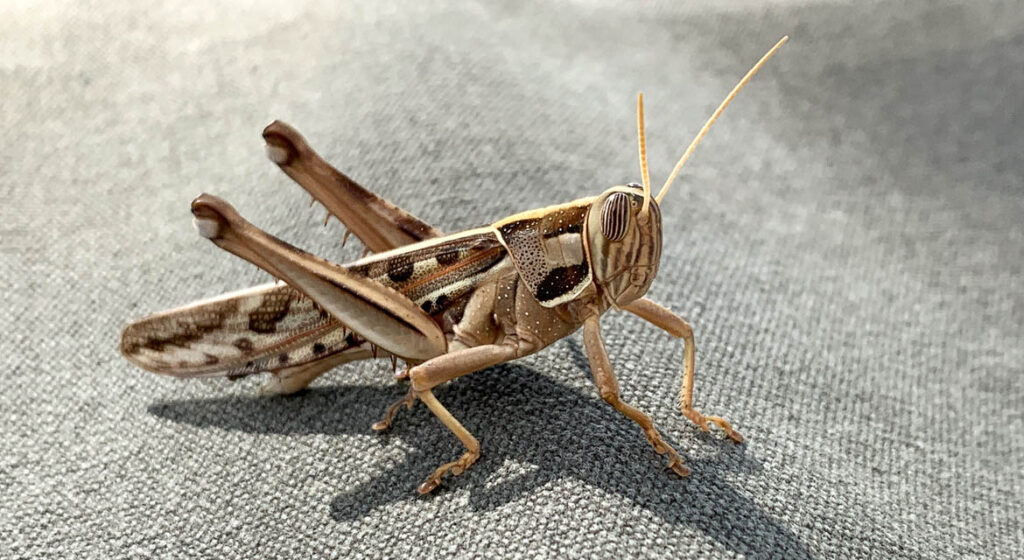
Truly Nolen GUARANTEE
If you’re not completely satisfied, you’ll get a full refund on your most recent service with our 100% money back guarantee.
Common Species of Crickets
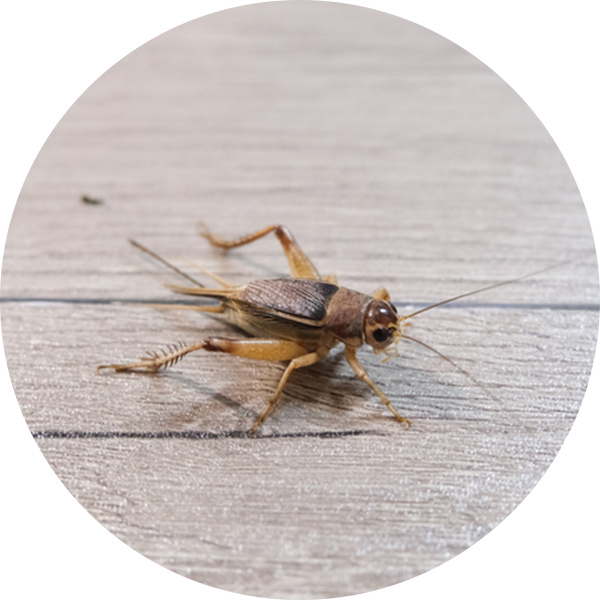
House Cricket
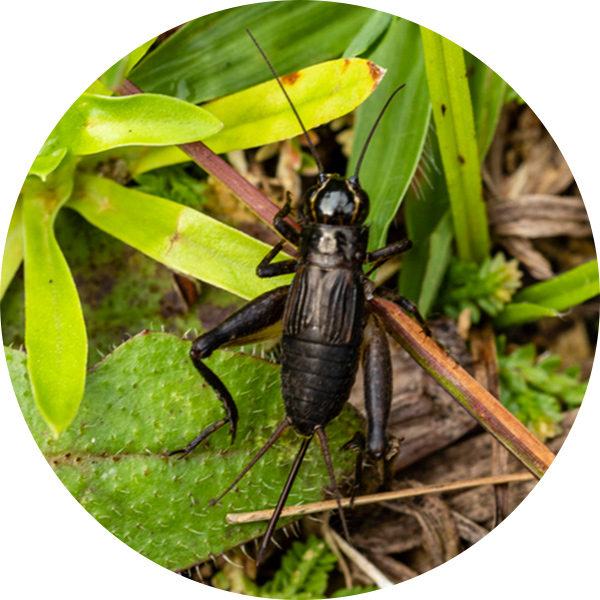
Field Cricket
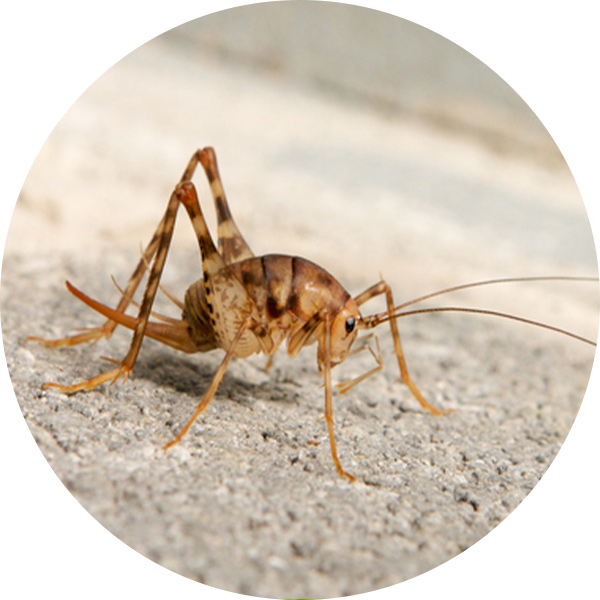
Camel Cricket
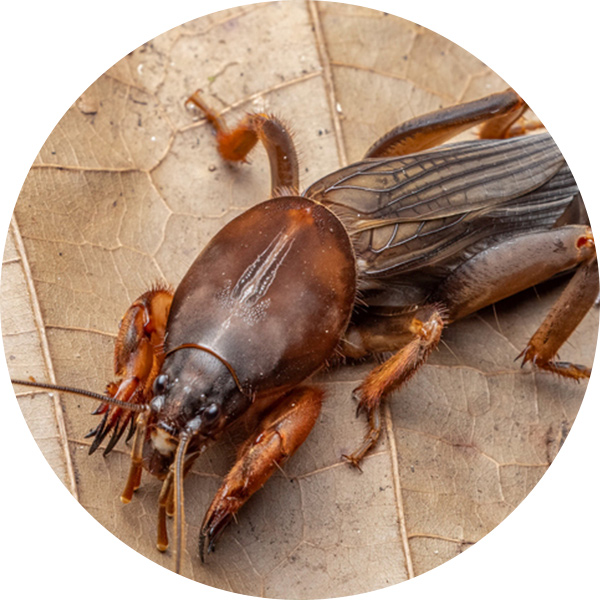
Mole Cricket
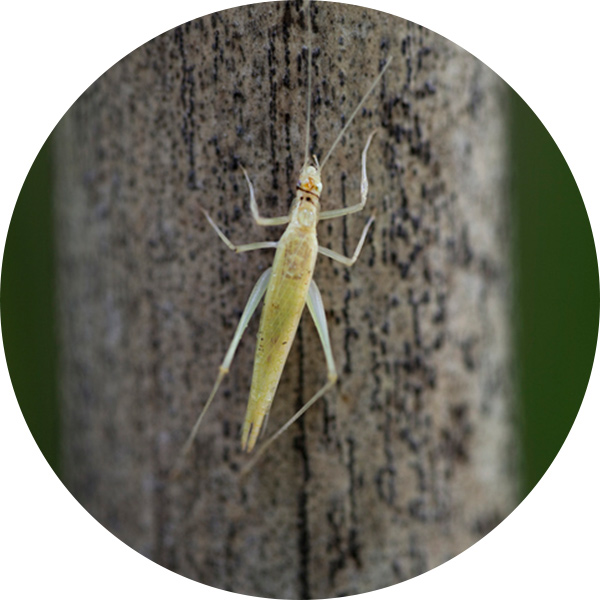
Tree Cricket
How To Identify Crickets
Crickets can be identified by their elongated bodies, long antennae, and powerful hind legs for jumping, while signs of a cricket infestation at home include hearing their chirping sounds at night and discovering their excrement or shed skins in various areas of the house.
Cricket Appearance
Crickets are insects belonging to the order Orthoptera and the family Gryllidae. They have a distinct appearance with long, slender bodies and large hind legs adapted for jumping. Most cricket species have wings, with males producing a characteristic chirping sound by rubbing their forewings together. They range in size from a few millimeters to several centimeters, depending on the species. Crickets have cylindrical antennae, compound eyes, and mouthparts suitable for biting and chewing.
Cricket Habitat
Crickets can be found worldwide and inhabit a wide range of habitats, including grasslands, forests, shrublands, and urban areas. They prefer warm and moist environments, with many species thriving in areas with dense vegetation, such as meadows, fields, and gardens. Some species are adapted to live underground, while others inhabit trees, caves, or buildings. Crickets are known for their nocturnal behavior and are most active during the night, seeking shelter in the daytime.
Cricket Diet
Crickets are omnivorous insects, with their diet varying depending on the species and availability of food sources. They primarily feed on plant material, including leaves, stems, flowers, fruits, and seeds. Some species are known to be opportunistic scavengers and may consume decaying organic matter, fungi, or even small dead animals. Certain crickets are also known to be cannibalistic, preying on smaller insects or their own kind.
Cricket Behavior
Crickets exhibit various behaviors that contribute to their survival and communication. The most notable behavior is the chirping sound produced by males to attract mates. The chirping is achieved by rubbing specialized structures on their wings together, creating a distinct mating call. Crickets are adept jumpers and use their powerful hind legs to escape predators or navigate their environment. They are also known for their social behavior and may aggregate in large numbers, particularly during breeding seasons.
Cricket Reproduction
Crickets undergo incomplete metamorphosis, with three distinct life stages: egg, nymph, and adult. Females lay eggs in suitable habitats, typically in soil, plant matter, or crevices. After hatching, the nymphs resemble miniature versions of the adults but lack fully developed wings and reproductive capabilities. Nymphs go through several molting stages, shedding their exoskeletons as they grow and develop. Once they reach adulthood, crickets are capable of mating and reproducing. Mating rituals can involve courtship behaviors, vocalizations, or physical interactions between males and females.
Cricket Prevention
To prevent and control cricket infestations, it is important to address factors that attract them to the area. Crickets are drawn to sources of food, water, and shelter. Effective prevention measures include maintaining cleanliness and eliminating food debris, as well as sealing cracks and gaps in buildings to prevent entry. Removing or reducing outdoor lighting at night can help minimize their attraction to the area. In severe cases, insecticides may be used, but their application should be done following proper guidelines to ensure safety and minimize environmental impact.

$50 Off Year Round Pest Control
Truly Nolen is a family-owned company with 85 years of experience providing the best pest control. If you’re not completely satisfied, you’ll get a full refund on your most recent service with our 100% money back guarantee.
The Truly Nolen Approach
Environmentally Conscious
We work to minimize our impact on the environment by using naturally occurring materials whenever possible.
Pet Friendly
Truly Nolen uses an Integrated Pest Management (IPM) approach designed with your pets in mind.
100% Money Back Guarantee
If you’re not completely satisfied, you’ll receive a full refund on your most recent service.
How Truly Nolen Gets Rid of Crickets
The Truly Nolen process for treating a cricket infestation typically involves a thorough inspection to identify the extent of the infestation, followed by targeted treatments using appropriate insecticides or baiting techniques to eliminate crickets at their source and prevent further infestations, all while considering environmental safety and minimizing disruption to the home or property. Additionally, integrated pest management strategies may be employed, such as sealing entry points and implementing habitat modifications to discourage future cricket activity.
Frequently Asked Questions
How do I get rid of crickets in my home?
To get rid of crickets in your home, you can start by removing their food sources, reducing moisture, and sealing entry points. Additionally, using insecticides or traps specifically designed for crickets can help control the infestation.
What attracts crickets to my home?
Crickets are attracted to areas with abundant food sources like vegetation, organic matter, or even pet food. They are also drawn to moisture, warmth, and areas with hiding spots. Outdoor lighting can also attract crickets, leading them to enter your home.
Are crickets harmful to humans?
Generally, crickets are not harmful to humans. They do not bite or sting and are not known to transmit diseases. However, their chirping sounds can be annoying, and large infestations may cause damage to fabrics, paper, or certain plants. Learn More!
How long do crickets live?
The lifespan of crickets can vary, but on average, adult crickets live for about 8 to 10 weeks. However, some species of crickets can live up to several months.
How can I prevent cricket infestations?
To prevent cricket infestations, you can take several steps. Keep your home clean and free of clutter, especially in areas where crickets might hide. Seal cracks and crevices around windows, doors, and foundations to prevent their entry. Remove outdoor debris, trim vegetation, and reduce excessive moisture in and around your home. Learn More!

